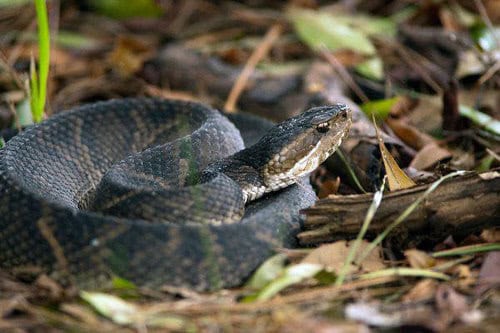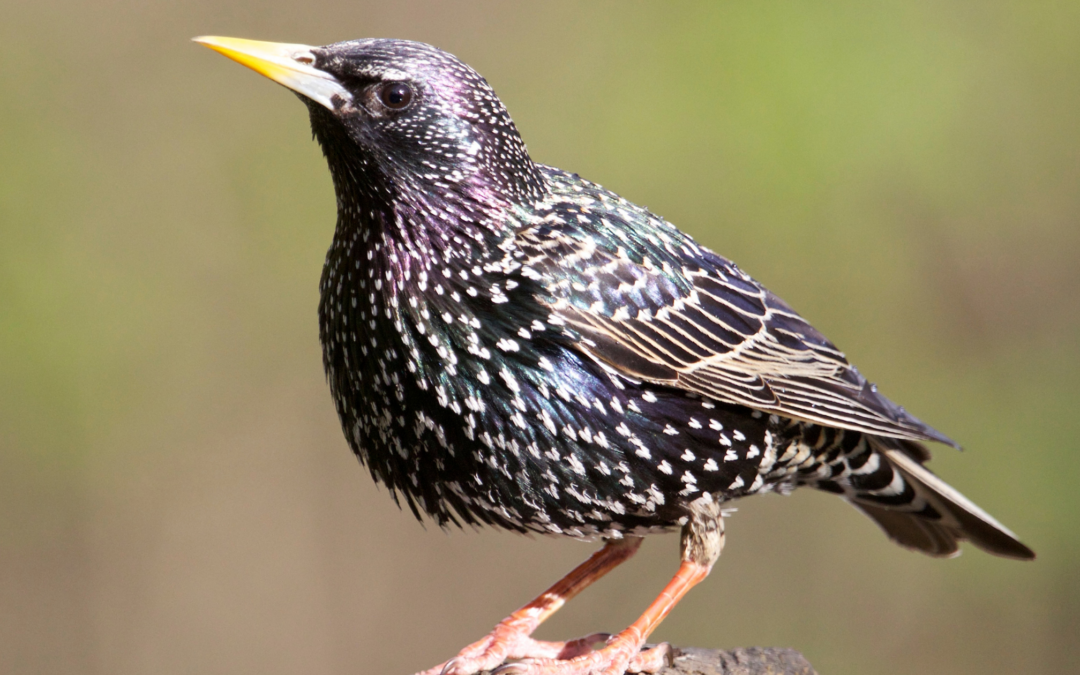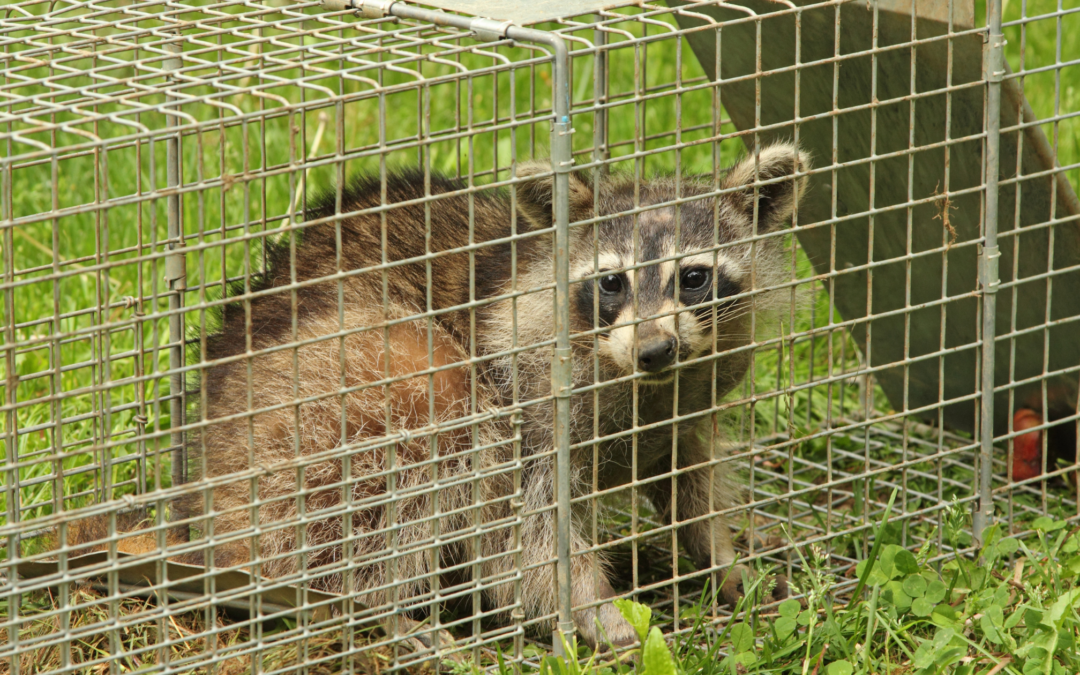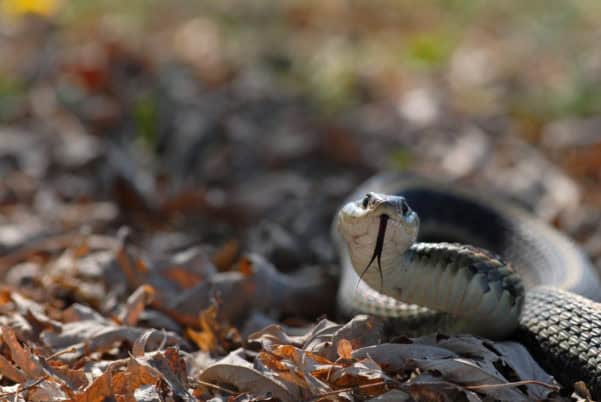READY TO GET STARTED?
REQUEST A FREE ESTIMATE
Fill out the form below or call (888) 466-7849 for a free, no-obligation estimate.

Bees play a remarkable role in maintaining our ecosystem. Their tireless work as pollinators supports the growth of plants that provide food, oxygen, and habitat for countless species, including us. However, when bees decide to make their home just a little too close to yours, it can pose challenges for homeowners. If you’ve noticed increased bee activity around your house, don’t panic! This guide will help you recognize the signs of a potential bee infestation and explain how professional help can manage the situation while staying out of harm’s way.
Before you assume you have a bee infestation, it’s important to identify the signs. Here are some telltale indicators that bees may have established a colony on your property:
Seeing a few bees in your yard is perfectly normal, especially in garden-friendly states like Georgia. But if you notice a consistent stream of bees flying to and from a specific location, it could be evidence of a nearby colony.
Bees commonly build their colonies within the walls or ceilings of homes. If you hear a faint but steady humming sound, especially in quiet rooms, it could be the sound of an active colony.
If bees have built a colony inside your walls, over time, melted honey or wax may create sticky or dark stains on surfaces. Inspect areas with staining or discoloration to check for other signs of bee activity.
Check attics, vents, chimneys, or exterior cracks in the foundation. Bees are resourceful when it comes to nesting, and these areas are common colony building spots.
A bee swarm can understandably seem alarming, but swarms are often temporary . Swarming typically happens when bees are searching for a new nesting site. If they’re congregating nearby, they might be looking to settle on your property.
We understand you might be tempted to address the problem yourself. However, when it comes to bees, DIY efforts can sometimes make matters worse. Here’s why leaving it to a professional is essential:
If you’ve identified signs of a bee infestation, partnering with a professional bee relocation service is the next best step. Specialists in handling bee situations offer tailored solutions that balance your needs as a homeowner with the wellbeing of the bee population. Here’s how experts can assist:
As a homeowner, it’s normal to feel concerned when bees settle a little too close for comfort. But with expert guidance and humane solutions, managing a bee infestation can be as stress-free as possible. Protect your home and support local pollinators by reaching out to your local bee removal experts today!

Florida, known for its sunny beaches and bustling theme parks, is also home to a vibrant array of wildlife. Among these creatures are the snakes that thrive in the state’s warm climate. Understanding and navigating the snake season in Florida is crucial for homeowners and business owners. In this guide, we will explore the ins and outs of snake season, highlight common species, and offer practical advice on how to safely coexist with these fascinating reptiles.
Snake season in Florida refers to the period when snakes are most active. This typically aligns with the warmer months, from April through October. During these times, snakes come out of hibernation to hunt, mate, and bask in the sun. The peak of this activity often occurs in the summer when temperatures are at their highest. Understanding this timeframe is essential for anyone living or working in Florida, as it helps anticipate and prepare for potential snake encounters.
Knowing when snake season starts and peaks can significantly impact how residents and businesses prepare. The increase in snake activity means that more encounters are likely, especially in areas close to natural habitats. Being informed can help homeowners secure their properties and businesses implement safety measures to protect their premises.
The Eastern Diamondback Rattlesnake, one of the most iconic snakes in Florida, is easily recognizable by its distinctive diamond pattern. This venomous species prefers dry, sandy, and mixed forest habitats. Awareness of its presence and behavior is vital, as its bite can be dangerous.
Eastern diamondbacks are generally shy and prefer to avoid human contact. However, they are known to defend themselves vigorously if threatened. Recognizing their distinctive rattle and understanding their preferred environments can help minimize the risk of encounters.
Also known as the cottonmouth, the water moccasin is another venomous snake commonly found in Florida. This species thrives in wetland areas, such as swamps and lakes. Known for its aggressive defensive behavior, the Water Moccasin can be identified by its thick body and a distinctive white mouth.
Water moccasins often bask near water and can be found swimming across ponds and streams. They are known for their potent venom but are generally non-aggressive unless provoked. Understanding their habits and habitats can help reduce the chance of an unpleasant encounter.
Florida is also home to a variety of non-venomous snakes, including the black racer and the corn snake. These species play a crucial role in controlling pest populations and maintaining ecological balance. While non-venomous, they can still startle unsuspecting individuals.
Non-venomous snakes often adapt well to urban environments and can be found in gardens, parks, and even residential areas. Recognizing the beneficial role they play can encourage coexistence and reduce unnecessary fear.
Weather significantly influences snake behavior. Warmer temperatures increase their activity levels as they seek out food and mates. Conversely, during cooler months, many snake species become less active, often entering a state of brumation, similar to hibernation.
Understanding these patterns can help predict when snakes are more likely to be encountered. For example, after a rainstorm, snakes may be more active as they hunt and explore.
The environment plays a crucial role in snake behavior. Factors such as habitat availability, food sources, and human encroachment affect where and when snakes are active. Urban development can sometimes force snakes closer to human dwellings as they search for food and shelter.
Being aware of these factors allows for better preparation and management of snake encounters. Simple measures like keeping yards tidy and securing food waste can significantly reduce the attraction for snakes.
Homeowners can take several steps to minimize snake encounters. Regularly mowing the lawn, trimming bushes, and removing debris can eliminate places for snakes to hide. It’s also wise to seal any gaps in buildings to prevent snakes from entering homes.
Educating family members about common snake species and what to do if one is spotted can further ensure safety. The use of snake repellents and maintaining clear paths around the property can also deter snakes from venturing too close.
Businesses, especially those with outdoor areas, should implement measures to prevent snake encounters. Regular inspections and maintenance of outdoor spaces can help identify potential snake habitats. Providing staff training on snake awareness and response can also enhance safety.
For businesses dealing with food, ensuring proper waste management practices prevent attracting rodents—a primary food source for many snakes. Installing fencing and signage can help keep both customers and wildlife safe.
Pest control professionals play a critical role during snake season. Armed with the knowledge and skills to handle various snake species, they provide essential services such as inspections, snake-proofing, removal of unwanted snakes, and repellant services.
These professionals can offer tailored solutions based on specific needs, ensuring that homes and businesses remain safe and snake-free. Their expertise is invaluable in creating long-term strategies for managing snake activity.
Pest control services often include preventive measures, identifying potential snake habitats, and advising on property modifications. They can also engage in direct snake removal, ensuring humane handling of these creatures.
Providing educational resources and support, pest control professionals act as a vital bridge between humans and nature, promoting coexistence and protection.
Understanding snake season in Florida and how to coexist with these fascinating creatures is vital for residents, businesses, and pest control professionals. By recognizing common snake species, their behavior, and taking proactive measures, we can safely share our beautiful state with them.
For further guidance, consider consulting with local pest control experts who can provide tailored advice and support.

When it comes to pest control, most homeowners think of rodents, insects, or larger wildlife. However, one species of bird, the starling, can cause significant problems for property owners in Georgia. With their large flocks, destructive habits, and invasive nature, starlings have become a nuisance in both urban and rural areas. This blog will explore what starlings are, how to identify them, why they are considered a nuisance, and effective and legal ways to manage their presence around your home.
Starlings, specifically the European starling (Sturnus vulgaris), are small to medium-sized birds that were introduced to North America in the late 19th century. A group of bird enthusiasts, inspired by William Shakespeare’s references to the starling, released 100 of these birds in Central Park, New York, in 1890. What followed was an ecological domino effect that resulted in the species spreading across the entire continent. Today, starlings are classified as an invasive species in the U.S., meaning they compete with native birds and wildlife for resources, often to the detriment of local ecosystems.
Starlings are distinctive birds, making them relatively easy to identify. They have short tails, pointed yellow beaks, and glossy black feathers that shimmer with hints of purple and green in the sunlight. During the winter months, their feathers are speckled with white spots, adding to their recognizable appearance.
They are often seen in large flocks, especially during their breeding season in the spring and early summer. They are incredibly vocal, known for their variety of chirps, whistles, and even mimicking other birds and sounds. If you notice large groups of noisy black birds swarming your yard, you’re likely dealing with these nuisance birds.
Starlings are more than just noisy birds—they can cause significant issues for homeowners and the environment. Here’s why:
Starlings are omnivorous, meaning they eat both plant and animal matter. Their diet includes insects, earthworms, fruits, seeds, and grains. In urban areas, starlings often scavenge for leftover human food, adding to their reputation as a nuisance in populated areas. During the breeding season, their diet shifts to more protein-rich foods like insects, which they feed to their chicks. Their adaptability in diet allows them to thrive in various habitats, from urban areas to farmlands, making them difficult to control.
Given their ability to form large flocks and cause property damage, controlling starling populations can be challenging. Here are some effective and legal methods to reduce starling activity around your home:
The most effective way to deal with starlings is to prevent them from entering your property in the first place. Sealing off vents, chimneys, and other potential nesting sites can stop starlings from setting up nests in your home. Installing bird netting around high-traffic areas such as attics and eaves can deter them from gaining access.
Starlings are known to avoid certain visual and auditory deterrents. Hanging reflective objects like aluminum foil strips or installing bird spikes on ledges can make your home less appealing. You can also use sound machines that play predator calls or distress signals to scare starlings away.
Starlings are opportunistic feeders. Removing easy access to food by securing garbage cans, picking up fallen fruits, and using bird feeders designed to exclude starlings can reduce their presence in your yard.
For more extensive infestations, contacting a wildlife control company that specializes in bird control may be necessary. These professionals can implement more advanced strategies such as trapping or relocating starlings. In some cases, they may even use chemical repellents that are safe for both the birds and your family.
It’s important to note that while starlings are invasive, they are still protected under some federal laws. The Migratory Bird Treaty Act (MBTA), passed in 1918, protects many bird species from being hunted or harmed without a proper permit. However, starlings, along with other invasive species like pigeons and house sparrows, are not afforded the same protections under this law. This means that homeowners and wildlife services can legally take action to reduce starling populations on their property, as long as it is done humanely and within local regulations.
During the breeding season, starlings are especially active as they search for food and nesting sites. This is the time when large flocks can form, and their presence can become overwhelming for homeowners. It’s crucial to take preventive measures before the breeding season begins in the spring. By sealing entry points and removing food sources early, you can prevent starlings from making your home their nesting site.
Starlings, with their adaptability and invasive nature, can pose significant challenges for Georgia homeowners. Their large flocks, property damage, and competition with native species make them a nuisance that requires proactive control methods. By identifying these birds early and implementing exclusion and deterrent strategies, you can reduce the likelihood of a starling infestation. If your starling problem persists, contacting a professional wildlife control company that specializes in bird control can ensure the issue is managed legally and effectively.
Whether you’re dealing with starling flocks or preventing them from nesting in your home, understanding these nuisance birds and taking swift action is key to protecting your property and local wildlife.

Raccoons, with their curious nature and dexterous paws, are common in Georgia. While these animals can seem harmless, they can cause significant damage to property and pose health risks to humans. If you’re dealing with a raccoon problem, knowing how to trap them safely is essential. One of the key components to successful raccoon trapping is using the right bait. In this blog, we’ll discuss what raccoons like to eat, the dangers they pose, the best baits for raccoon traps, and how to prevent these clever critters from returning.
Raccoons are omnivores with a varied diet. They have a keen sense of smell, which helps them find food in both natural and urban environments. Common foods that attract raccoons include:
When baiting a raccoon trap, you’ll want to use food that will entice them into the trap while also ensuring that it’s positioned correctly to trigger the mechanism.
Though raccoons may appear cute, they can be quite destructive when they enter human spaces. Below are some of the dangers they pose:
Choosing the right bait is crucial for successfully trapping a raccoon. The best bait will be something with a strong smell that appeals to their omnivorous palate. Here are some of the most effective options:
When using a raccoon trap, it’s important to follow safety guidelines. Here are a few tips for effective trapping:
After successfully trapping a raccoon, it’s essential to handle it humanely and safely. In Georgia, there are regulations governing the release of trapped raccoons, so it’s wise to consult a professional wildlife removal company. Professionals can ensure that the raccoon is relocated to a suitable habitat away from residential areas.
Avoid handling the raccoon directly, as they can become aggressive or carry diseases. Most wildlife control companies offer relocation services as part of their raccoon removal programs, providing a humane way to get rid of raccoons.
Once you’ve removed the raccoons from your property, it’s essential to take steps to prevent them from coming back. Here are some effective prevention tips:
Dealing with a raccoon problem can be a challenge, but with the right bait, trap, and preventive measures, you can effectively manage and remove them from your property. If you’re unsure about how to get rid of raccoons or need assistance, working with a professional wildlife control company is the safest and most efficient solution. A trained wildlife removal expert can help you trap raccoons humanely and provide ongoing prevention strategies to keep them from returning. Contact a wildlife removal service today to reclaim your property from these pesky invaders.

Florida’s diverse wildlife includes a range of snake species. While most are harmless and play important roles in our ecosystem, it’s always good to be aware of what you might encounter and how to keep your yard snake-free. Here’s a friendly look at common Florida snakes and simple tips for keeping snakes out of your yard.
If you notice more snakes on your property than you’re comfortable with, call a wildlife company near you. These experts will provide you with a snake removal and prevention plan for keeping snakes out of your yard in the future.